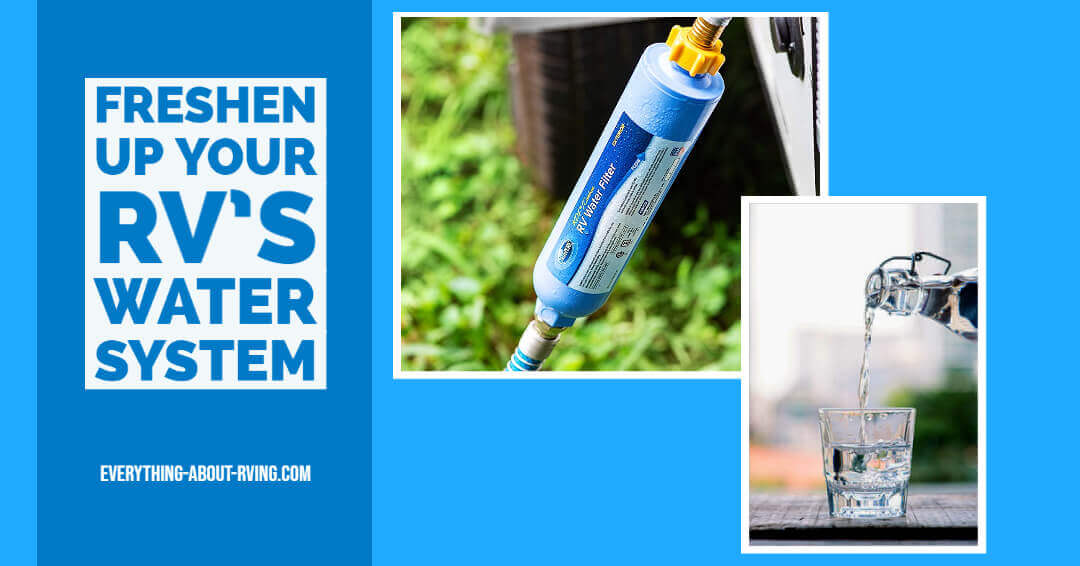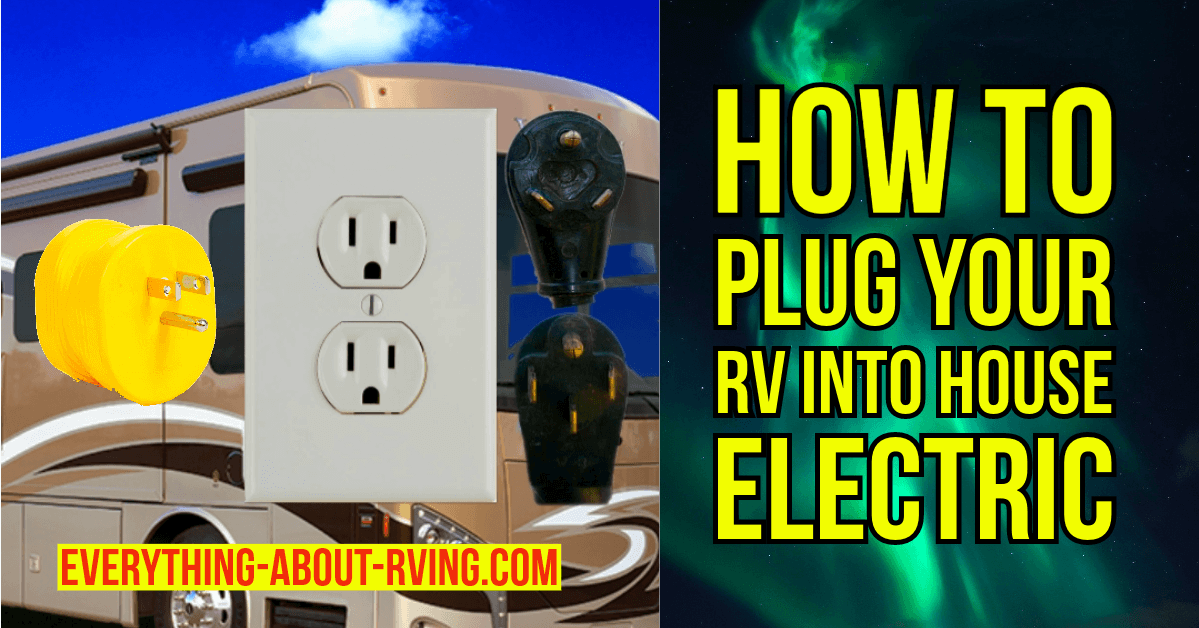- Home Page
- RVing Tips & Tricks
- Rv Water System
Freshen Up Your RV Water System
By Mark Polk
RV Expert Mark Polk walks you through how to make sure that your RV water system is safe to Use
This article covers some steps we can take to ensure our RV's water system is safe to use. There are no guarantees that any water is completely safe for us to drink, but if we take certain precautions, we can keep our RV water system safe to use. So where do we start? Let’s take a look.
The water system in your RV provides the water that you can drink from and use to wash dishes and take showers with. We cannot assume that it will stay safe and fresh like the water system in our home.
Contaminated water is extremely dangerous. We not only have to deal with a water system that hasn’t been used for some time, but when we travel in the RV we hook our water system up to a different water source every time we stop to spend the night somewhere. We hook up to city water, well water, and eventually contaminated water. You’ve probably heard people say don’t drink the water if you go to Mexico. Well, that can be true anywhere. We stopped at a campground one night just to get a few hours of sleep and I didn’t bother to use the water filter. The water coming out of the faucet was cloudy and had small particles suspended in it.
The most important step you can take is to keep the fresh water system sanitized. At a minimum you should sanitize the system every spring when you take the RV out of storage and any time you notice stale water or an odor. It’s really quite simple to do.

To instantly download the RV Education 101 Videos available from the author of this article Mark Polk visit the RV Education 101 Video Download Store
You can start by draining the water heater. Go to the outside compartment where the water heater is located. The drain plug, or petcock, is located in the bottom left-hand corner. Remove the plug and open the pressure relief valve on top of the water heater to assist in draining. CAUTION: NEVER drain the water heater when it’s hot or under pressure.
Next you need to locate the low point water line drains. It may take a while to find them, but I assure you they are there. There will be one for the hot and one for the cold-water lines. This is the lowest point in the water system. Open these and let the water drain out.
Now, find the drain for the fresh water holding tank and drain all the water from it. At this point you can turn the water pump on for a moment to force any remaining water out. Do not let the pump continue to run once the water stops draining. Close all the drains. What we have accomplished so far was to evacuate the majority of water from the system.
Now take a quarter cup of house hold bleach for every fifteen gallons of water that your fresh water tank holds. Mix the bleach, with water into a one-gallon container and pour it into the fresh water holding tank.
Fill the fresh water tank almost completely full of water. Turn the water pump on, open all hot and cold faucets and run the water until you smell the bleach at each faucet. Close the faucets. If it’s possible drive the RV or pull the trailer so the water can move around to assist in cleaning the entire tank. Let it sit for at least 12 hours. Drain the entire system again and re-fill the fresh water tank with potable water.
Open all the faucets and run the water until you no longer smell any bleach. It may be necessary to repeat this process again to eliminate all signs of bleach from the water system. Once this is done it is safe to use your water system.
If you follow these simple steps, you can rest assured that the fresh water system in your RV truly is fresh.
Happy Camping,
Mark J. Polk
Copyright 2007 by Mark J. Polk owner rveducation101.com
About The Author
RV Expert Mark Polk, seen on TV, is the producer & host of America's most highly regarded series of DVD's, videos, books, and e-books. http://www.rveducation101.com/
Sign up for your free "RV Education 101" Newsletter http://rveducation101.com/email/
Return To The RV Lifestyle Articles Page From The Freshen Up Your RV Water System Page



